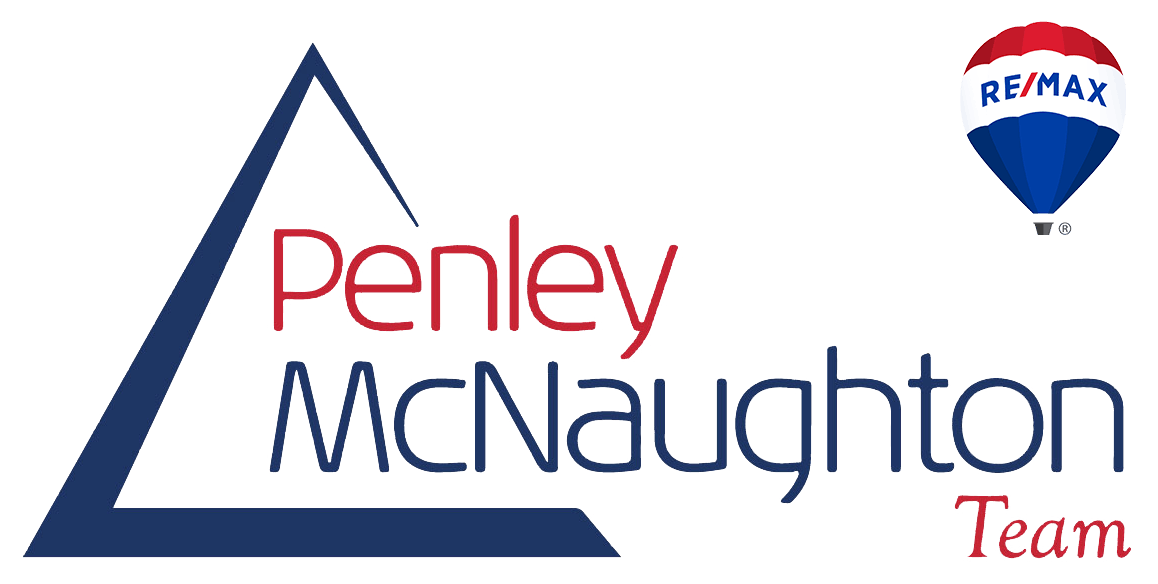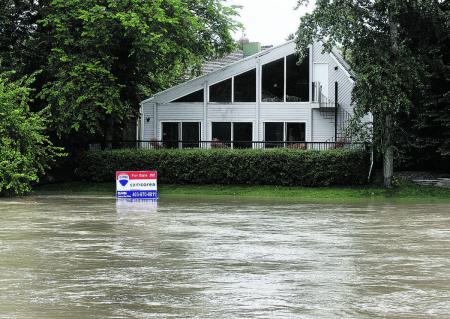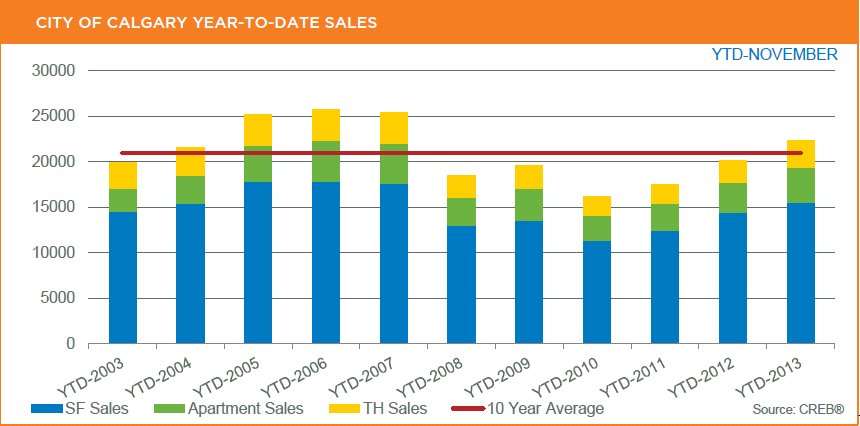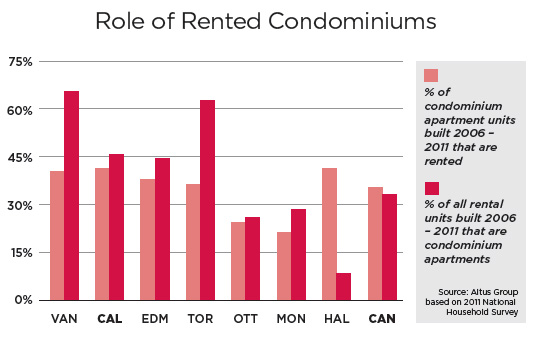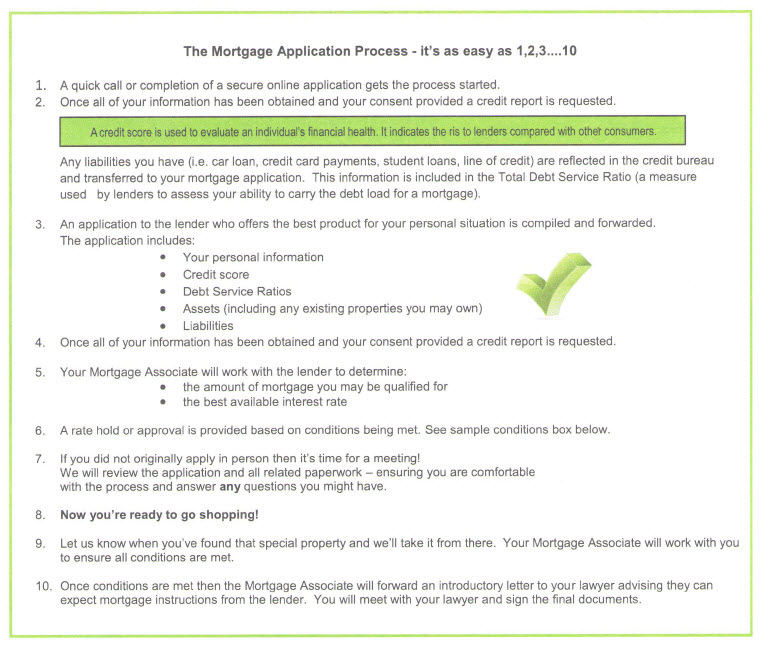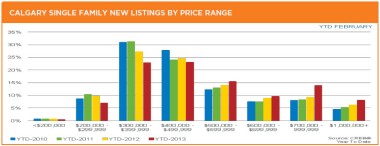Unlike a lot of first-time homebuyers, in 2009 Jesse MacNevin decided to go for a house that was less than the amount he was approved for.
“I started doing the numbers and talked to a few real estate agents,” he says.
“Then I went to my credit union for a pre-approval. I realized then that I needed to focus more on what I could actually afford versus how much they would give me.”
While he was given the green light to aim for a $350,000 home, he settled on a condo for just under $260,000 instead.
“I didn’t want home ownership at the expense of everything else,” he says. “I remember looking at my budget at the time and thinking the last thing I wanted was not to be able to travel. It wasn’t exactly what I wanted, but it was cheaper and fulfilled all my needs. In hindsight, it was a good move.”
MacNevin says having a good real estate agent and lawyer helped him determine what he could really afford, where there might be potential problems and the ins and outs of closing the deal.
A mortgage broker was also important when it came to the signing process and making sure there was flexibility in his mortgage terms.
Not everyone entering the home buying market is so diligent, says MacNevin.
“I know a lot of people who really stretched themselves,” he says.
“One ended up downsizing because they felt they were barely treading water.”
When doing the mortgage math, it’s not enough to plug some numbers into an online estimator, says David Stafford, managing director of real estate secured lending for Scotiabank in Toronto.
“This is probably the largest single financial transaction that most people do in their lives, and it can get very complicated,” he says.
“Online estimators typically won’t give you the full picture.”
Stafford suggests buyers look beyond the actual purchase price and factor in a percentage (typically 1.5 per cent of the purchase price) for closing expenses from the outset.
“Land transfer taxes, legal fees, title insurance and other things are all part of the math,” he adds.
They also need to consider ongoing expenses that will be over and above monthly mortgage payments, such as utilities, property taxes, insurance, maintenance and condo fees.
Sometimes there are additional surprises that come into play in the initial stages of home ownership, such as reimbursement fees if the former owner has prepaid their property taxes and moving costs, says Richard Desrocher, a general legal practitioner and former real estate broker.
“Typically, you don’t just move and forget everything. You also likely have to do some repairs and repainting,” he says.
“If you’re moving from an apartment, there might be a (timing) overlap so you may have to maintain both places for a month.”
The immediate financial aspects are only part of the process, which is why a home inspection is a good idea, adds Desrocher.
“You won’t know what’s going on behind the walls and on the roof,” he says. “It’s pretty scary after you close a deal to have to deal with drain problems.”
There are also ways people can reduce their costs if they talk to the right people.
“A lot don’t realize that many financial institutions are willing to negotiate down from their published rates,” says Desrocher.
“A mortgage broker is much better informed about where the best deals are and can shop the market for you.”
There are also a number of incentives available to first-time home buyers – including land transfer tax discounts, federal grants and tax credits – that can be overlooked.
Despite the fact everyone likes to be their own boss when it comes to choosing a home, Desrocher advises people to engage a trusted family member with experience in buying homes to look at the house and give their advice.
He also recommends seeing a lawyer before finalizing the deal.
“Once you sign that agreement of purchase and sale you typically don’t have much recourse if things go wrong,” says Desrocher.
“It’s too late at that point to say I should have added conditions, such as a survey or home inspection.”
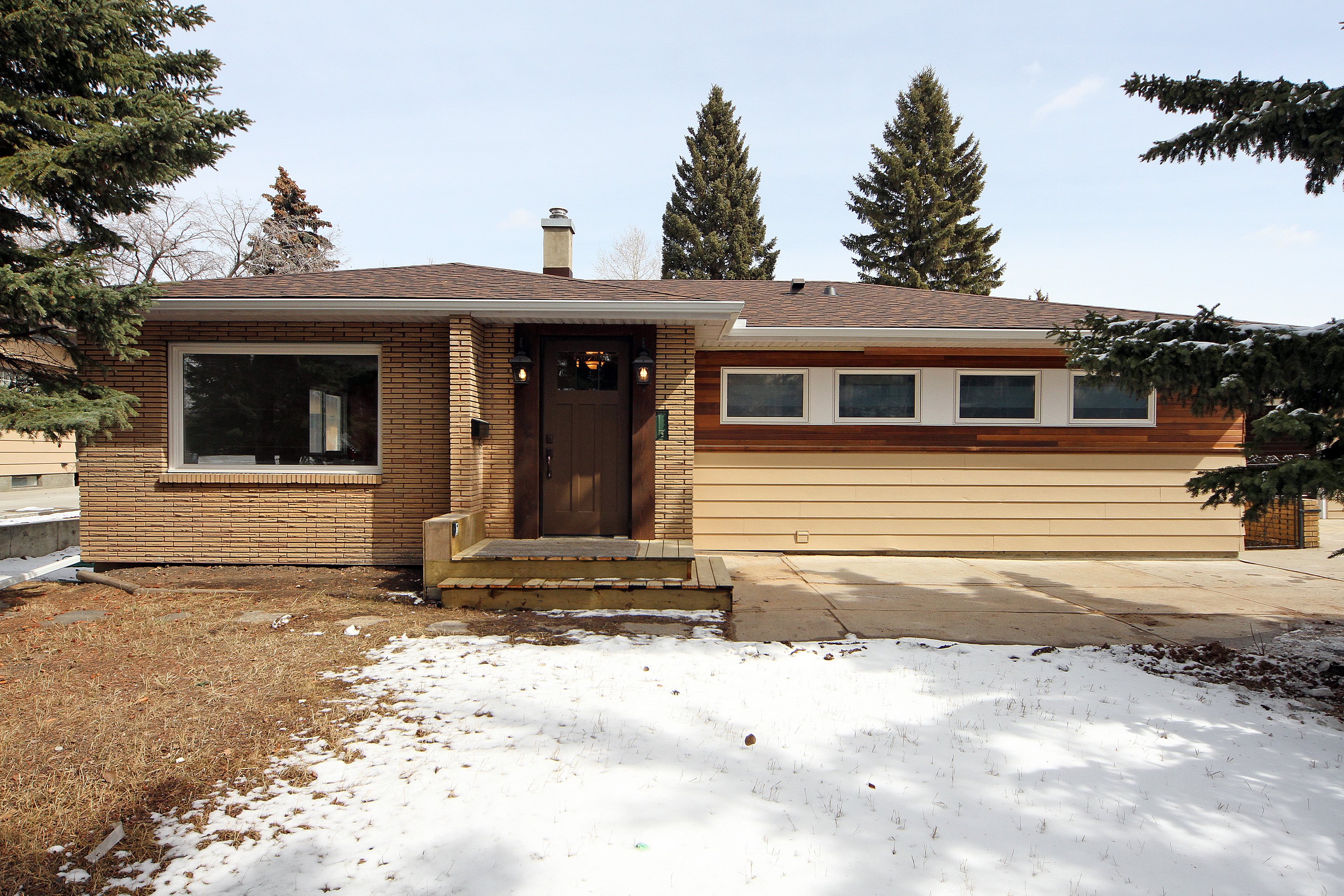
Denise Deveau, Calgary Herald
Published: Wednesday, March 26, 2014



